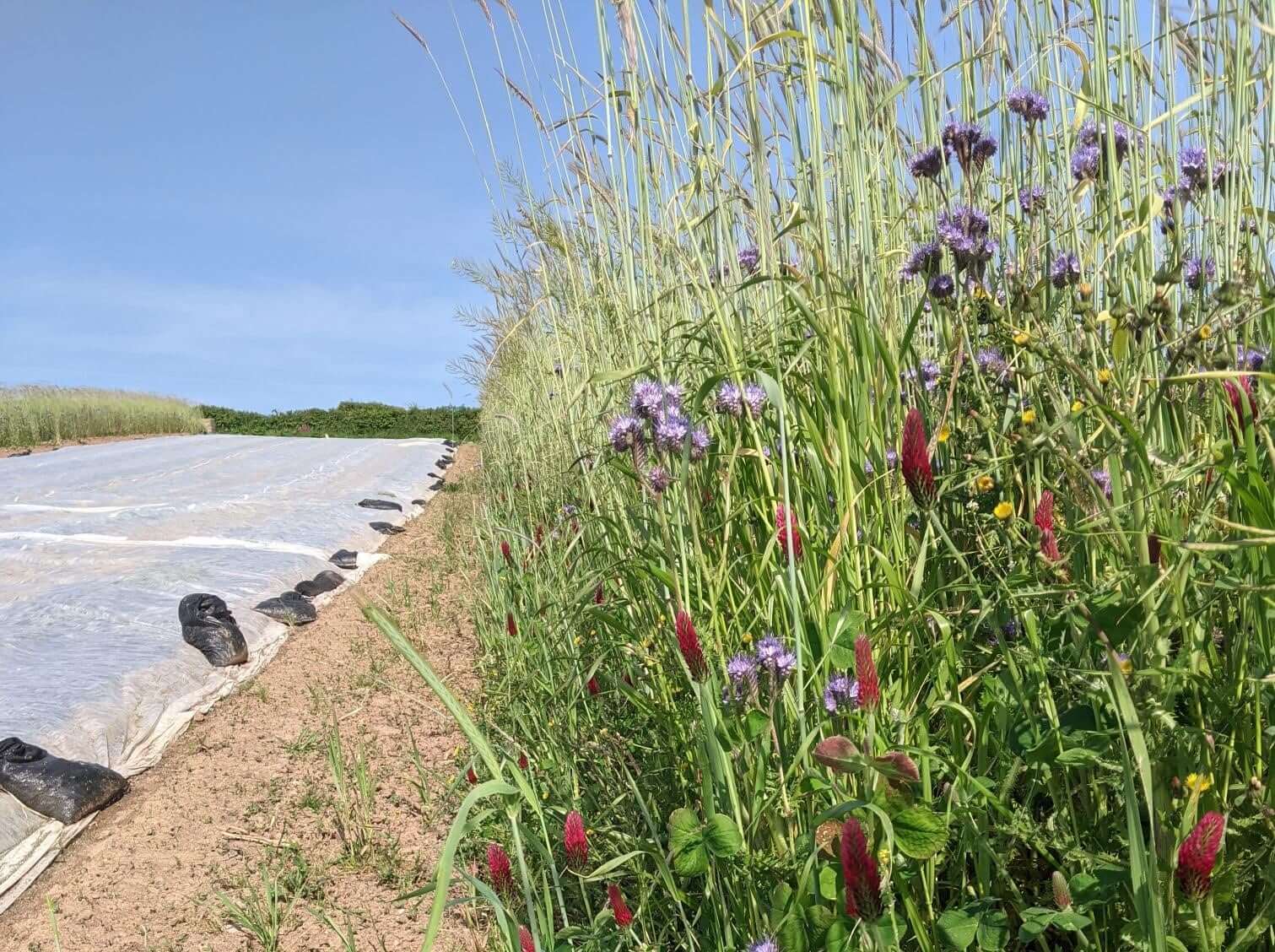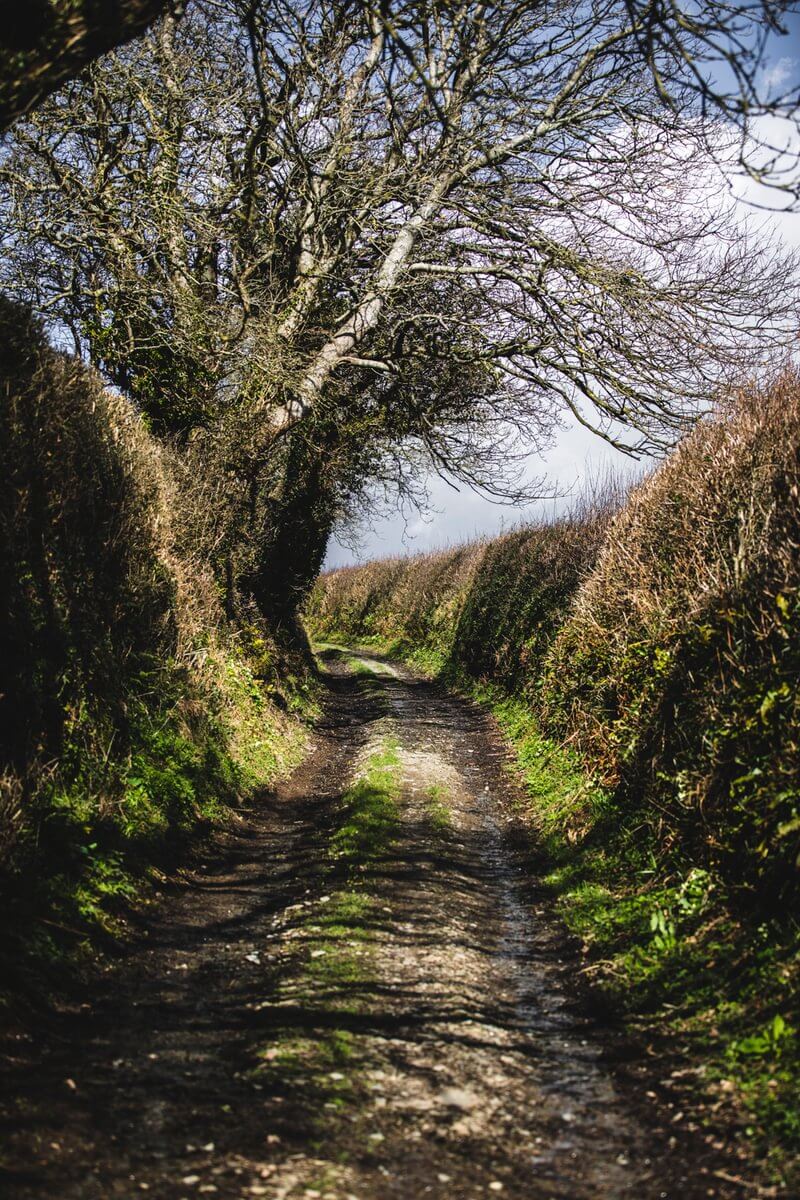No garden, however grand, well planned, or tended, can match the beauty of a Devon hedge in early summer. Bluebells, campion, garlic, violets, herb-Robert, and stitchwort create a riot of colour, as the hazel, haw, blackthorn and rambling dog rose come to life above – all overshadowed by occasional ancient oaks. Ash dieback has followed the tragedy of Dutch elm disease 30 years ago, removing two once-key species, but it is heartening to see the ash replaced by sycamores.
It is said that a hedge can be roughly aged by equating the number of shrub and tree species in a 30-metre run to the centuries. Unlike the puny, species-impoverished field boundaries created by the 18th- and 19th-century Enclosure Acts further east, many Devon hedges date back to the 12th century. They are normally planted on banks, which can be two or even three metres high. To walk down our deep green lanes in May is to immerse yourself in the history they have seen – and to be reassured by their persistent, timeless vitality.
My father’s first tractor was a Ferguson T20, packing 20 horsepower, which would have passed easily down a green lane created for a horse and cart. Last year, our local contractor arrived with a lane-filling, 250-horsepower tractor (his smallest), and we had to unhang the 12-foot gate to let him into the field. As a farmer competing in global markets where machinery keeps getting bigger, and prices lower, it is hard not to curse the narrow lanes, gateways, and small fields that make every operation here slower and more expensive. But few would argue with the legal protection that our remaining hedges enjoy. Some, like me, look back in shame at the field-enlarging bulldozing of hedgerows done in the 1960s and 70s.
On the advice of the Devon Wildlife Trust, and with the help of a farm stewardship agreement (funded by your taxes), we are reinstating some old hedges, and allowing our existing hedges to grow up and out – often sprawling into fields, creating connective corridors for wildlife to move between habitats, in a way that is still contentious with some traditional neighbours. For me, the hedges are as important as the crops in the fields. On more philosophical days, I thank them for restraining my megalomaniacal urges for scale and horsepower – keeping my farming as just one part of a landscape, rather than letting it become the landscape.










0 Comments